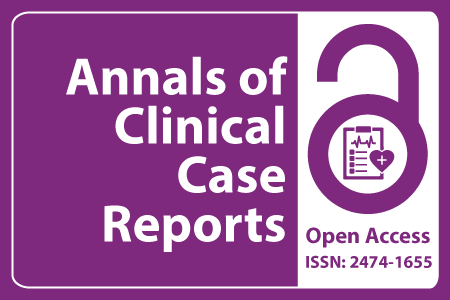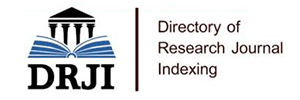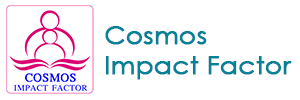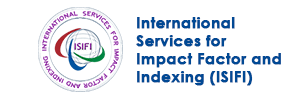
Journal Basic Info
- Impact Factor: 1.809**
- H-Index: 6
- ISSN: 2474-1655
- DOI: 10.25107/2474-1655
Major Scope
- Cardiovascular Medicine
- Pneumonia
- Molecular Biology
- Psychiatry and Mental Health
- Cardiac Surgery
- Respiratory Medicine
- Endoscopy
- Orthopedics & Rheumatology
Abstract
Citation: Ann Clin Case Rep. 2022;7(1):2155.DOI: 10.25107/2474-1655.2155
Expending the Mutational Spectrum of Xia-Gibbs and Bosch-Boonstra-Schaaf Optic Atrophy Syndromes
Touhami R1, Foddha H1, Dimassi S2, Labalme A3, Rollat-Farnier PA3, Saad A2, Sanlaville D3 and Khelil AH1*
1Research Laboratory "Human Genome and Multifactorial Diseases", University of Monastir, Tunisia 2Laboratory of "Cytogenetics, Molecular Genetics and Human Biology Reproduction", CHU Farhat Hached, Tunisia 3Department of Cytogenetics, Groupement Hospitalier Est, France
PDF Full Text Research Article | Open Access
Abstract:
Cytogenetics and dysmorphology have allowed the definition of a variety of syndromes involving Intellectual Disability (ID). Whole Exome Sequencing (WES) has become a very powerful method to identify de novo variants, especially those associated with neurodevelopmental abnormalities. Here we explore the utility of WES to identify novel causal variants in a Tunisian patient with severe ID associated to dysmorphic facial features. We identified, after a personalized filtering, two de novo variants in genes with functional significance that are plausibly relevant to ID. The first heterozygous missense mutation, c.3164G>A (p.Arg1055His), was found in the only encoding exon in the AHDC1 gene which is known to cause the Xia-Gibbs Syndrome (XGS). The second variant is a heterozygous missense mutation c.1178T>C (p.Leu393Ser), was found in the third exon of NR2F1 gene mostly described in the Bosch-Boonstra-Schaaf Optic Atrophy Syndrome (BBSOAS). Our data expand the phenotypic and genetic spectrum associated to these two syndromes. Identification of two de novo variants in genes of known or plausible clinical significance for abnormal brain development suggests that WES helps in the diagnosis and the genetic counseling of ID.
Keywords:
Genetics; Medical; Genotype; Missense mutation; Phenotype; DNA sequence analysis
Cite the Article:
Touhami R, Foddha H, Dimassi S, Labalme A, Rollat-Farnier PA, Saad A, et al. Expending the Mutational Spectrum of Xia-Gibbs and Bosch- Boonstra-Schaaf Optic Atrophy Syndromes. Ann Clin Case Rep. 2022; 7: 2155..













